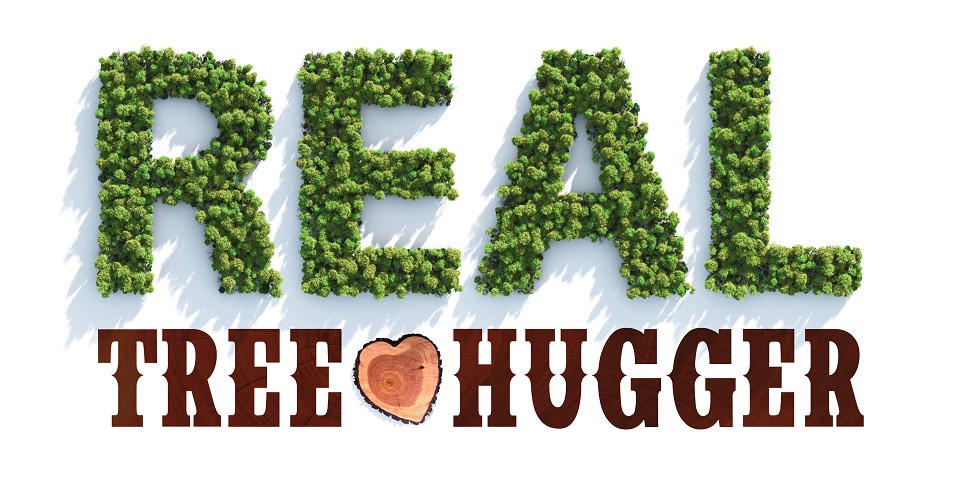
SUPPORT CAMPAIGN HIGHLIGHTS ECONOMIC AND SOCIAL BENEFITS OF FORESTRY

For immediate release: March 1, 2013
THUNDER BAY – The Northwestern Ontario Municipal Association (NOMA) is attempting to return balance to the discussion regarding sustainable forestry in Ontario. NOMA is launching a “REAL tree-hugger” campaign that will remind Provincial leaders that legislation and regulation must balance all three pillars of sustainability. The campaign will also highlight the many faces of the forest industry through stories of individuals whose lives and livelihood are dependent on sustainable forestry.
NOMA President Ron Nelson says, “In recent years we have seen increasing opposition to forestry activities and a related reduction of available fibre under the guise of environmental protection, with little consideration of the economic and social needs of our communities. Recent activities by some environmental groups appear to assign a higher value to the environment than they do to economic and social development needs. Their attacks on the forest industry represent an assault on the people across Northwestern Ontario who depend on sustainable forestry to provide for their families.”
“The citizens of Northern Ontario who live, work, and play in our forests need to remind these activists in their big city offices that we are the REAL treehuggers. We fully understand the importance of sustainable forestry to ensure the ongoing support of jobs in our communities and we are committed to the three pillar approach to sustainable development,” comments Nelson.
To send a message to Provincial leaders and read our personal stories visit: realtreehugger.wordpress.com or through facebook.com/REALTreehugger
NOMA represents the interests of 37 municipalities from Kenora and Rainy River in the west to Hornepayne in the east. It provides leadership in advocating regional interests to all orders of government and other organizations.
-30-
BACKGROUNDER
The United Nations’ three pillars of sustainability place equal importance on economic, environmental and social demands – recognizing the need to find balance between all three to “ensure that we are meeting the needs of the present generation without compromising the ability of future generations to meet their own needs”.
Recent examples of groups placing a higher importance on environmental issues than economic and social demands for forestry include:
• June 2012: 6 environmental agencies (Greenpeace, EcoJustice, EPAWS Wildlands League, Ontario Nature, Earthroots & Environment North) participated in Ontario Legislative Committee hearings in opposition of proposed exemptions to the Endangered Species Act that would eliminate expensive, duplicative processes for forest companies while ensuring protection of endangered species through Forest Management Plans under the Crown Forest Sustainability Act.
• December 2012 : Greenpeace terminated its participation in the Canadian Boreal Forest Agreement and immediately launched an antagonistic character assassination campaign against Resolute Forest Products rather than work productively to find solutions to their concerns.
• January 2013 : Greenpeace released a “Boreal Alarm” calling for the immediate suspension of logging in Quebec’s Broadback Valley and Montagnes Blanches forests, the Kenogami-Ogoki and the Trout Lake-Caribou forests in Ontario, and the Boreal Gem in central Manitoba and advising wood products customers to check their supply chain to ensure they are not sourcing from these forests.
These one-sided efforts are eroding our fibre basket and impacting our communities.
February 2013: The Forest Management Plan (FMP) for the Abitibi River Forest (ARF) was posted as a Notice on the EBR. This plan will be in place for April 1, 2013 and in its first year, it will reduce the industrial fibre by 20% and by 50% over the next 21 years. This reduction in fibre is due primarily to the application of the Caribou Conservation Plan (CCP). In the FMP, government clearly recognizes that this reduction in fibre will have an impact on economic development as indicated by the following excerpts:
“In all areas of analysis, the 2012 FMP will potentially provide less economic benefits than the 2010 FMP forecast due to direct correlation with available harvest volumes. As a result, the lower volumes translate into reduced manufacture of primary products, less taxes and less employment opportunities.” Page 204, Abitibi River Forest FMP
“What is clear, however, is that the communities listed previously show a heavy reliance on the forest industry to generate direct and indirect employment; any decline in short and long-term volume will affect the potential for increased mill capacity or new opportunities.” Page 210, Abitibi River Forest FMP
What is a REAL Treehugger?
A REAL Treehugger knows that sustainable forestry:
Renews and replenishes the ecosystem; promotes
Economic growth;
Accumulates more carbon; and is the
Lifeblood of communities!
The REAL story on forestry in Ontario
• Less than one half of one percent of Ontario’s forests are harvested each year.
• With 134 million hectares (300 million acres) of certified forest, Canada has the largest area of independently certified and internationally recognized (CSA, SFI, FSC) forest in the world.
• Approximately 80% of Ontario Crown lands managed for forest operations in Ontario are certified to independent, internationally recognized certification systems (CSA, FSC, SFI).
• Ontario forest practices are governed by a world-class, platinum standard regulatory framework that includes the protection of species at risk and their habitat.
• Ontario's forestry sector regenerates the trees that it harvests. Over a span of just five years, forestry companies in Ontario planted over HALF A BILLION (656,770,000) trees. That’s an average of 131 million trees a year
• Ontario’s forestry sector employs over 200,000 hard working Ontarians in over 260 communities.


